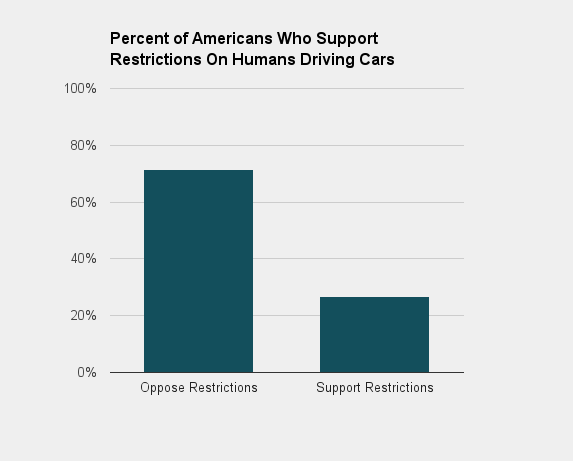As reported by PCMag: The National Transportation Safety Board (NTSB) strongly recommends that collision avoidance systems become standard on all new vehicles.
The technology, NTSB said, can prevent, or at least lessen the severity of, rear-end crashes—saving lives and reducing injuries.
Rear-end impacts kill about 1,700 people and injure half a million more each year, the National Highway Traffic Safety Administration (NHTSA)reported. A vast majority of those accidents involved a distracted driving who was not paying attention to the traffic ahead.
But the agency said 80 percent of those instances could have been diverted, if vehicles were equipped with a collision avoidance system (CAS).
"You don't pay extra for your seat belt," NTSB Chairman Christopher Hart said in a statement. "And you shouldn't have to pay extra for technology that can prevent a collision altogether."
Continuing a two-decade-long fight for life-saving technology, the Safety Board recommends manufacturers start with collision warning systems. They can later add autonomous emergency braking, once NHTSA decides on the necessary standards.
In the past two decades, the NTSB has submitted 12 proposals in favor of CAS technologies. Progress, however, has been limited, which it blames on a lack of incentives and limited public awareness.
"The promise of a next generation of safety improvements has been used too often to justify inaction," Hart said. "Because there will always be better technologies over the horizon, we must be careful to avoid letting perfection become the enemy of the good."
Only four of last year's 684 passenger vehicle models included a complete forward collision avoidance system as a standard feature. When offered as an add-on, NTSB said, they are often bundled with non-safety features and boost the overall package price.
Still, the transportation agency is issuing a companion Safety Alert for consumers and commercial fleet owners, urging folks to consider vehicles with collision warning and autonomous emergency braking functions.
In January, the NHTSA said it will add two emergency-braking technologies to its New Car Assessment Program (NCAP), which rates vehicles on a five-point scale of safety: crash imminent braking (CIB) and dynamic brake support (DBS).











